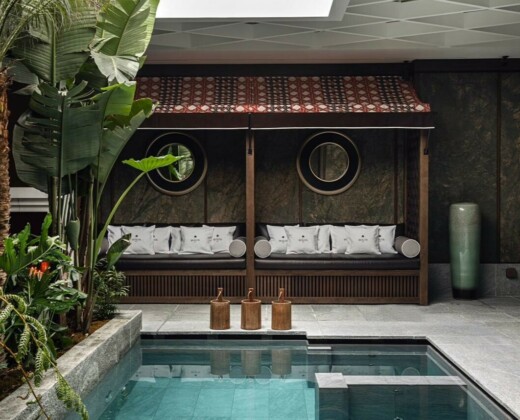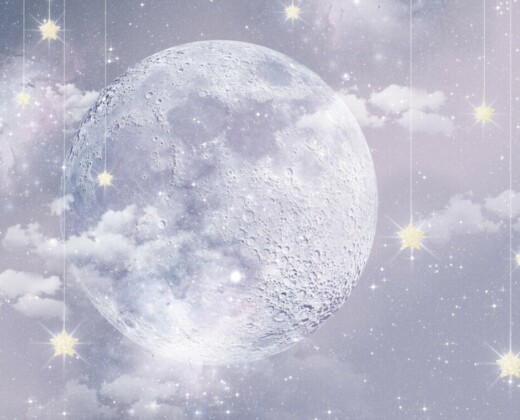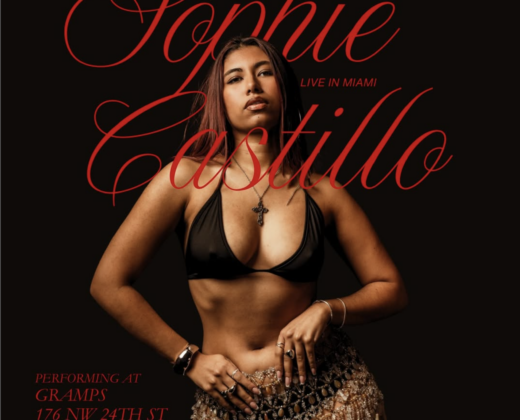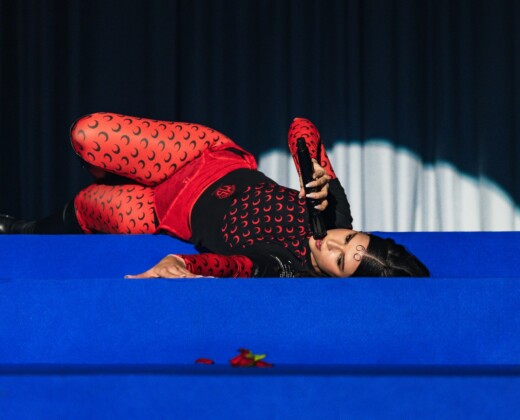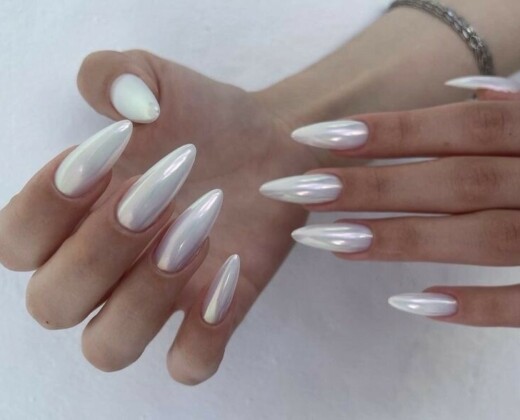All Photos Credited To Carlota Guerrero
Photography can mean and transmit many things, it is challenging to define its significance due to the inclusivity it holds as a form of art and profession. But for artists like Carlota Guerrero, it comes rather naturally.
The Spanish self-taught photographer, that has gained international recognition over the years with her multi-dimensional work, envisions photography in her life as a collection of images that come to her. Images that allow her to capture and share the most beautiful aspects of her existence.

These aspects are captured through a simplistic vision highly centred on unfiltered and uncensored female beauty, and that have led her to collaborate with some of the most renowned brands and artists. Over the years her recognisable work has become part of the international art scene with projects like; the artistic direction of Solange Knowles’s “A Seat at the Table” album visuals, high fashion editorials for Givenchy and Dior, and performance pieces for art fairs like Art Basel Miami.

All of these projects demonstrate a new take on photography, one that distances it from commercially driven aesthetics and drifts towards individual authenticity. The latest project of the Barcelona-born and raised photographer, ‘Tengo un Dragón Dentro del Corazón’, is the ultimate demonstration of this redefining relationship with visual authenticity.
‘Tengo un Dragón Dentro del Corazón’(I have a dragon inside my heart) is Carlota Guerrero’s first book, a compilation of her work that documents the evolution of her creative style and photographic approach. It captures her professional and personal growth, showcasing everything from her early work and first experimentation with photography to her latest projects. Ones that reached the discovery of her niche and include an evident prioritisation of social movements, becoming more than beautiful images and performances.




We always wonder where artists get their inspiration from and how they manage to transmit this inspiration into their timely relevant work. Well, Carlota helped us understand that in her case it all started with the acknowledgment of her passion for photography.
“My biggest inspiration is that photography allows me to create energy, an energy that has so much strength that didn’t allow me to concentrate on anything else. So I became obsessed with creating images, it was something inescapable for me.”
“My biggest inspiration is that photography allows me to create energy”
When opening up to us, Carlota explains that her art is all about “creating timeless images”, ones that portray everything that touches her art. Which is where social causes come into action. She portrays the things she finds relevant and focuses on transmitting the “energies” that help her feel inspired.
But if you have ever worked in the creative realm you may know that it is not that simple to transport your aims and inspirations into your work. So how does Carlota do it? How exactly do her ideas develop?
“I photograph similar compositions, subjects, and scenarios over and over again – without thinking too much about it. Later on, I realised that this behaviour makes me think of a blooming orchid that isn’t aware she is doing so. I make compositions when I am thriving, I am those compositions – and many times I feel like I don’t choose them, they choose me.”
Most of her compositions talk about femininity, defining her work as a form of empowerment for women through the strong portrayal of natural beauty. This relates to the photographer’s connection with the concept of femininity. Being a woman is what moves her work, and exploring the different sides of femininity is what she believes to be the prominent characteristic of her photographic style.
“I portray what moves me, what I want to learn about… It is something genuine and instinctive. Being a woman is my condition and starting point. I start exploring from what I know, from what I am most familiar with: myself. My self-love does not differ (or should not differ) from my love for other women. I feel an infinite admiration for the female figure, her power and presence fascinates me to a visceral extent.”

“I feel an infinite admiration for the female figure, her power and presence fascinates me to a visceral extent.”
But this exploration of femininity doesn’t just revolve around herself and her personal understanding of femininity. It explored diverse areas and allowed her to learn from the contrasting experiences of other women and their womanhood.
“ I once photographed the trans female community in Cuba and it helped understand more than ever the feminine energy. A woman with very masculine aspects (due to the limited resources for transitioning) awoke in me the same energetic connection as an old friend of mine would. To me, being able to photograph women is an honour, to celebrate them and thank them for everything that I learn. It represents a stairway, an infinite stairway of women being carried by other women from the beginning of times, transmitting and passing on knowledge and intuition.”
As beautiful as the female body and energy may be, capturing it is a simple idea due to the normality of it. But minimalism, in this case, is not a shortcoming, it is a noticeable feature of Carlota’s work. She takes something that would normally be considered as common and overseen and frames it as something new by highlighting its simplicity.
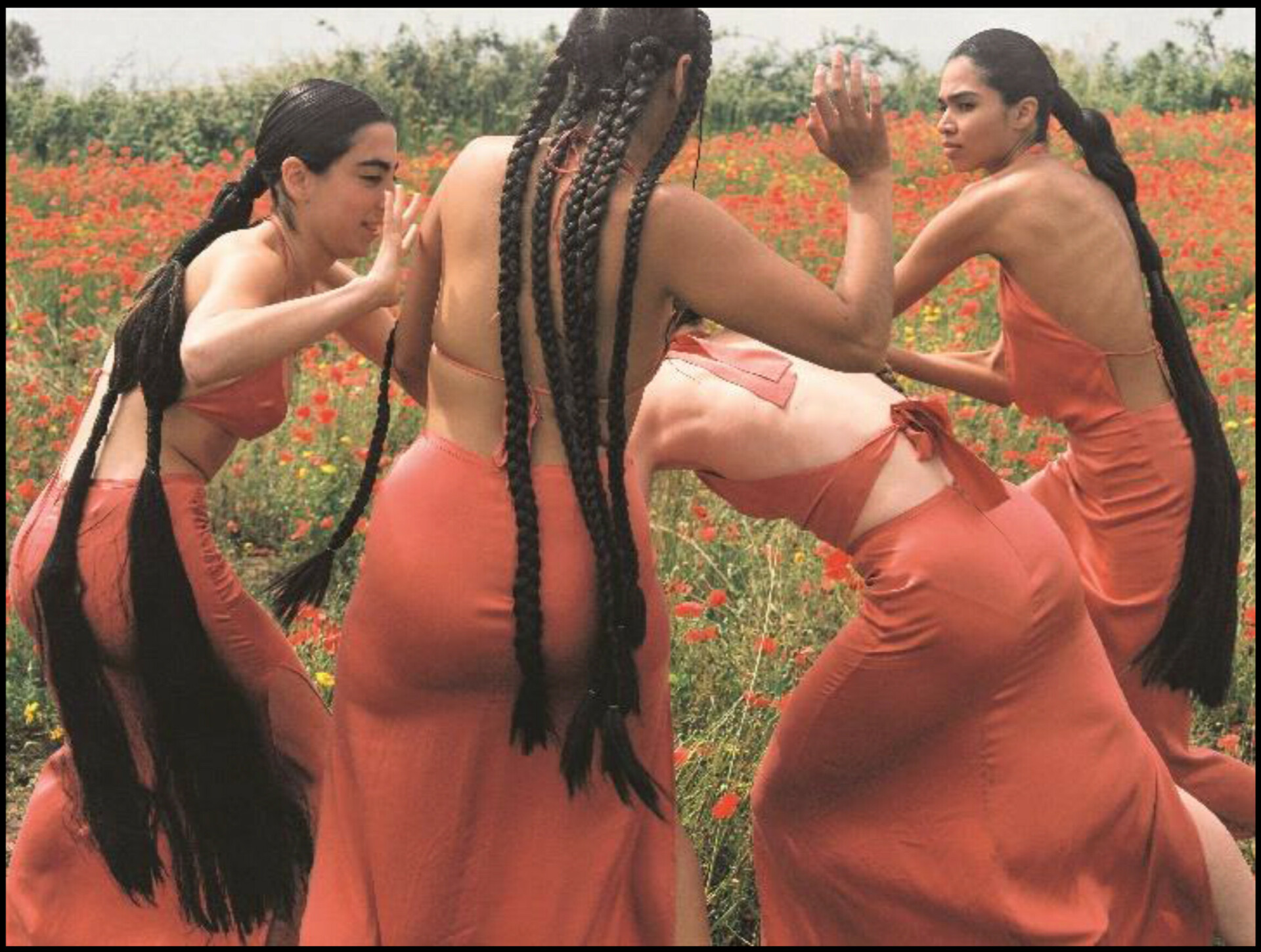
“Minimalism is a way to create peaceful images that are missing in the real world. Creating a resting space inside the chaos. It is therapeutic for me to have empty spaces that allow me to breath and achieve clarity. The possibility to not have to decode details makes me feel at peace.”
This clarity of space and mind is also present in her performance pieces, like “Love Different” created in collaboration with Desigual showcased during last year’s Art Basel Miami. It represents an extension of her creative career. Even if moved by the same aims and concepts Carlota decided to incorporate performance into her work as a complementing element to her images. For her, it is something that goes beyond documenting choreographies, it is now a way to reflect “what is happening in real-life”.

This incorporation of work has also been one of the hardest challenges for Carlota, as in the case of Art Basel Miami. A challenge that as she tells us was outweighed by the satisfaction of its success.
“The orgy in Art Basel Miami was a really difficult project because it was very ambitious, but a lovely experience after-all. I connected with everyone involved; they all presented themselves as vulnerable beings in front of a huge audience and I will forever be thankful for how great they were. This was right before the pandemic, so now it feels like a surreal experience as that would be something impossible to achieve these days.”
Having worked with some of the most appreciated artists of our times we wanted to know what it takes to work with Carlota. What does she look for in a possible collaborator and who would her dream collaboration be? But Carlota doesn’t really have a dream collaboration, she just wants to “click” with someone that gets her perspective.
“It is very important for me to click with a collaborator that understands me. It does not matter whether they are a major artist or a young upcoming one. The important thing is to understand the arts and the world in ways that can add to each other’s work.”
However, she did reveal that she looks forward to collaborating again with fellow Spanish artist and good friend Rosalía; “Even though I have collaborated with her before, I would love to work on bigger projects with her in the future.”
Carlota’s career is impressive from any angle you look at it. She creates incredible projects, she manages to transmit a message that’s important to her and the times we live in, she tries to exit from her comfort zone and experiment with diverse forms of art, and the most impressive part… she built it by herself, learning a complex craft on her own motivated by her ideas.
We cannot imagine what it must have taken for her to succeed, but we did ask her what her opinion on it was. What she thinks is an important characteristic to have, for similar self-taught artists, to succeed in the creative world. And according to the young photographer, it’s all about hard work and the right mindset.
“The most important thing is to be very brave and very persistent. Don’t lose motivation even if you fail because you will learn a lot from that. Wake up every day and try and create, even if you are not sure about what you are creating. Trust the process, trust the energy that is driving you, trust that more than the judge that lives in your head.”
“Don’t lose motivation even if you fail because you will learn a lot from that. Wake up every day and try and create”
Trusting the process is exactly what she did, even in times of crisis like the current ones. The pandemic did not stop Carlota’s creative path, she was “lucky enough to have a space to nurture her art, being both her home and studio”. But she’s not planning to remain in her current studio for much longer, she tells us that she is preparing herself to upgrade it and being able to travel and work internationally again.
“I will be investing a lot of energy in a new studio where I want to go back to personal projects I didn’t have time for before. I hope that photography will take me to a lot of experimentation, meeting new artists, exploring new spaces and creating new communities.”
And we cannot wait to see what these new projects, experimentations and possible collaborations have in store for her creative development and us, as her followers, to look at and learn from.







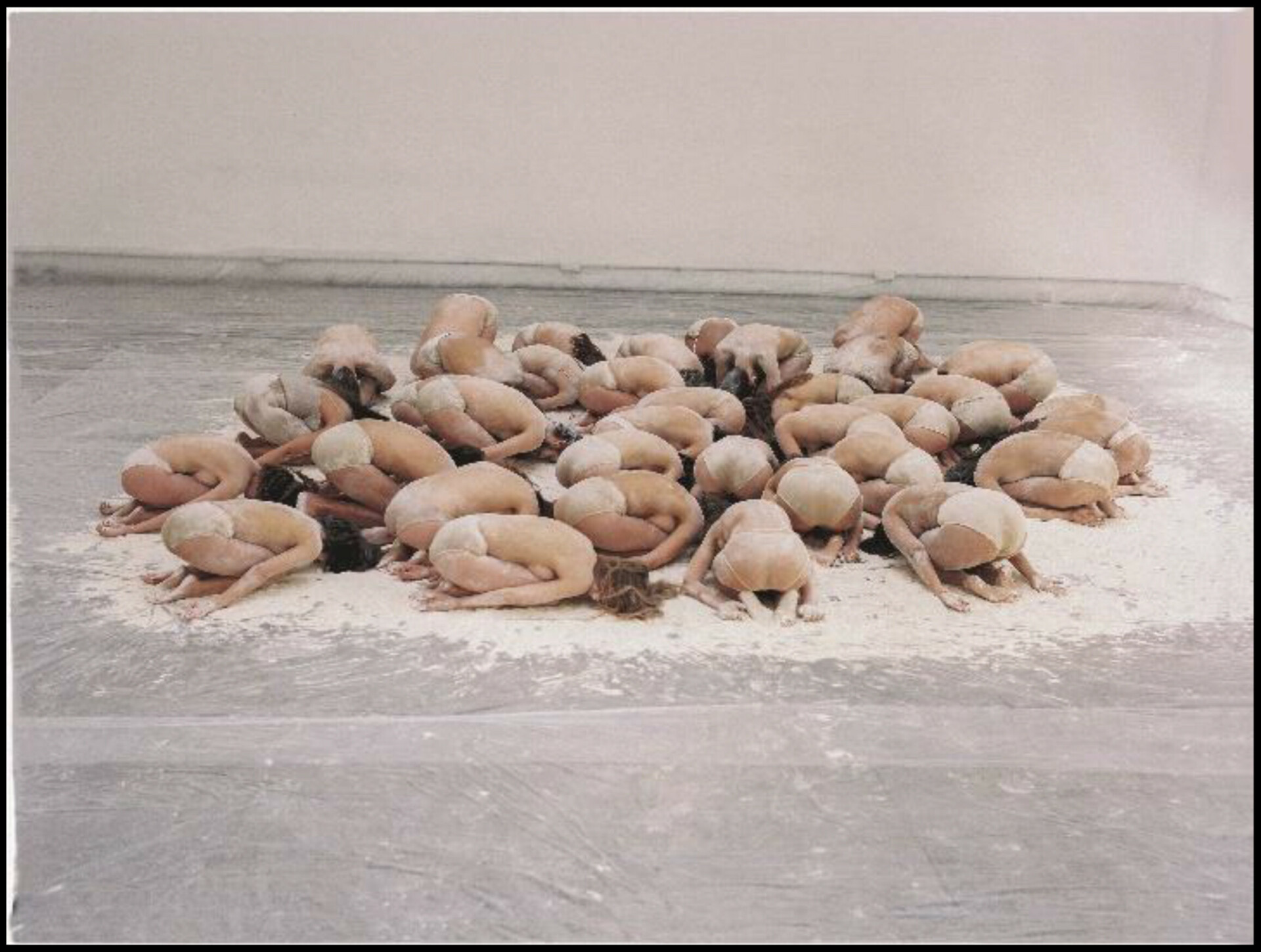
Look out for the 27th of April, by then you will be able to find Carlota Guerrero’s debut photography book Tengo un Dragón Dentro del Corazón here and have a better look into her work.
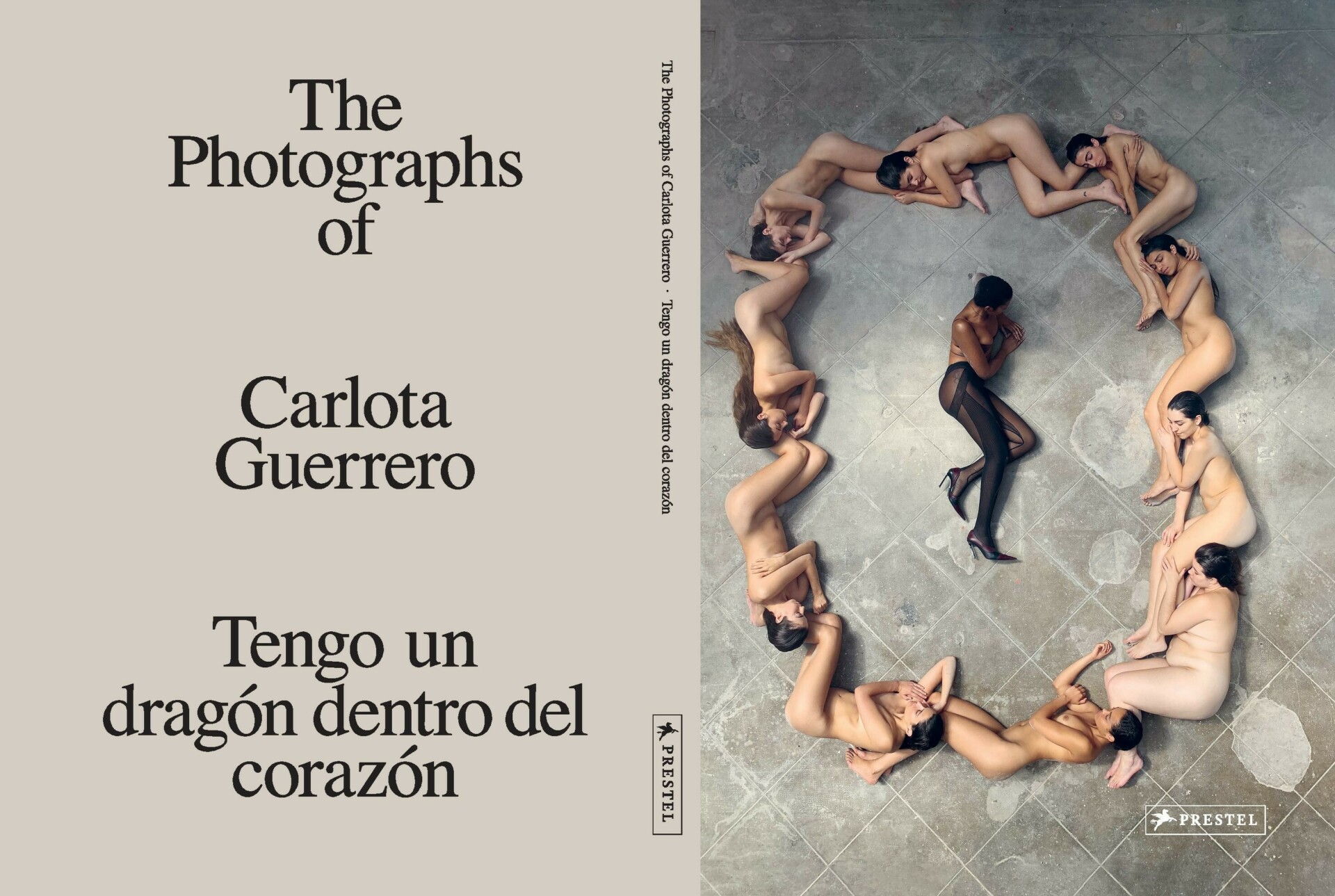
Words by Chiara Ferrari


